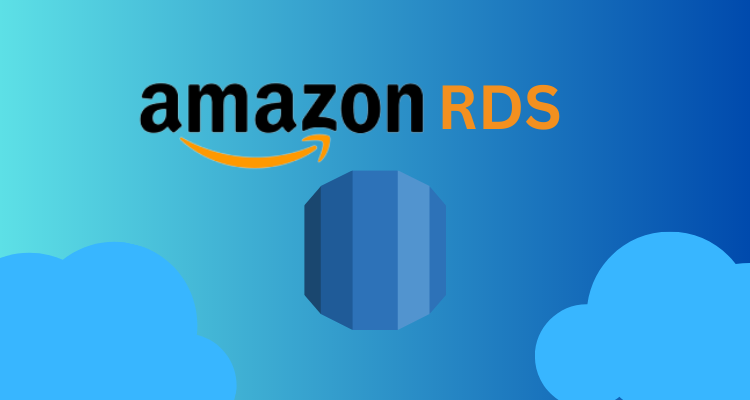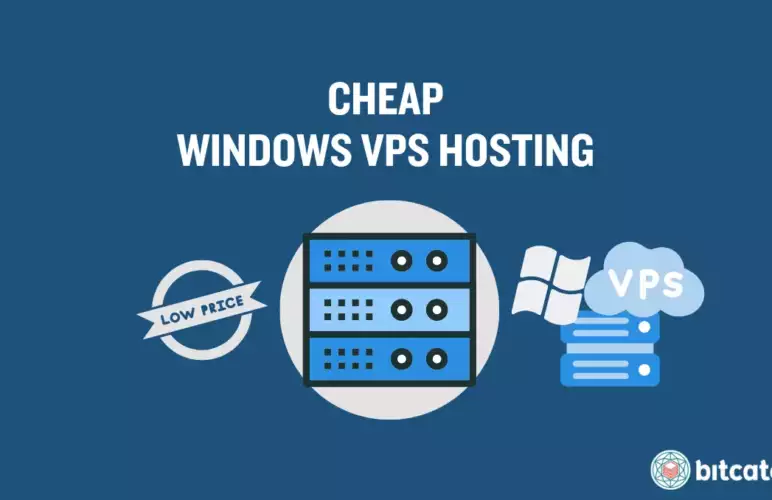Maximizing Efficiency: A Comprehensive Guide to Amazon RDS Pricing

Amazon Relational Database Service (RDS) plays a pivotal role in the dynamic realm of cloud computing, simplifying intricate database administration tasks through its managed database service. For organizations transitioning to the cloud, comprehending the pricing intricacies of RDS is essential.
Delving into the specifics of Amazon’s RDS pricing is the initial step to unravel various cost-influencing factors and explore the diverse pricing models the service offers. From exploring the array of database engines available on RDS to deciphering the implications of instance types and storage options, critical elements determining the financial aspects of RDS usage can be identified.
This article serves as a guide to demystify the cost considerations of RDS, catering to individuals with both extensive cloud design experience and those who are newly venturing into the realm of database management within the cloud.
Jump To...
Navigating Amazon RDS Pricing
Navigating the intricacies of AWS RDS Pricing demands a profound understanding. With a pay-as-you-go model, this comprehensive database service allows users to scale resources according to their specific requirements.
Key pricing factors encompass storage, deployment options, instance type, and database engine selection. Opting for On-Demand Instances or reserved instances provides users with increased flexibility and substantial cost savings over extended durations.
A thorough examination of chosen database engines, instance types, and deployment scenarios is imperative for a comprehensive grasp of AWS RDS Pricing complexities. This evaluation empowers companies to assess whether the selected cloud-based Database Management System aligns with their precise needs concerning cost, scalability, and efficiency.
Enhance Database Return on Investment (ROI)
In the dynamic realm of cloud computing, businesses seeking to optimize their database ROI navigate a balance between cost efficiency and peak performance. Amazon Web Services (AWS) addresses this challenge with its Relational Database Service (RDS), providing a reliable solution that streamlines database management, alleviating the burdens of infrastructure administration.
As data volume grows, RDS enables relational databases to scale seamlessly without imposing budget constraints. On-Demand Instances offer flexibility, ensuring cost-effectiveness for variable workloads with a pay-per-second model. For enhanced savings, businesses can explore the option of one or three-year terms on Reserved Instances.
Amazon RDS simplifies the development and testing of applications, allowing easy pausing and restarting of database instances. Features such as automatic failover, free data transfer, database snapshots, and automated backups contribute to cost-effective operations, mitigating the impact of expensive downtime.
Usage within Free Tier
The AWS RDS Free Tier serves as an entry point for businesses and developers to delve into the extensive features of Amazon Relational Database Service without incurring upfront expenses. This offer provides users with access to a fully managed, cloud-based database service, making it an ideal starting point for small projects, experimentation, or educational purposes.
Enjoy 750 hours on designated Single-Availability Zone (Single-AZ) Instances each month. If you require multiple instances, you can distribute this allocation among various instance types. The available database engines include MariaDB, SQL Server, MySQL, and PostgreSQL.
Benefit from 20 GB of General Purpose SSD per month.
Avail 20 GB of storage specifically allocated for Automated Database Backups on a monthly basis.
With support for various database engines and ample resources for testing and development, these features empower users to thoroughly explore the capabilities of Amazon RDS. Beyond offering a risk-free introduction, this initiative encourages users to experiment and innovate in the cloud environment.
Amazon RDS Engine-Based Pricing
Amazon RDS offers a versatile pricing structure that can be customized based on the user’s preferences and the chosen database engine. With a wide array of engine choices, including Aurora, MySQL, MariaDB, PostgreSQL, SQL Server, and Oracle, Amazon RDS caters to diverse database requirements.
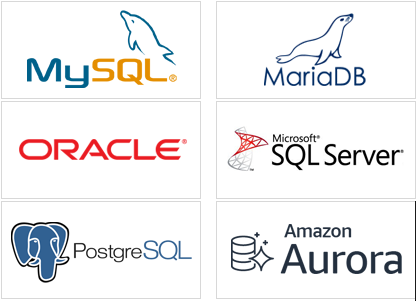
Each database engine involves specific pricing considerations, accounting for factors such as instance type, storage needs, and regional variations. For instance, costs for MySQL and PostgreSQL may differ from SQL Server due to varying features and performance capabilities.
Informed decisions aligning with performance and financial objectives are achievable when users comprehend the intricacies of Amazon RDS engine pricing. The pay-as-you-go model ensures cost optimization for fluctuating workloads, as users only pay for the resources they actively utilize.
Understanding the price distinctions among various Amazon RDS engines is crucial for formulating an economical and performance-driven database strategy. Whether prioritizing open-source alternatives or requiring robust features from commercial databases, users can tailor their approach accordingly.
Instance type
Choosing the appropriate database instance type is a pivotal step in optimizing database performance on Amazon RDS. The platform offers two primary instance class options: Reserved Instances and On-Demand Instances, each tailored to address specific business requirements.
Demand Instances at Amazon RDS
Users have the flexibility to pay for computing resources on an hourly basis with On-Demand Instances, providing a cost-effective and adaptable alternative. This approach allows users to sidestep long-term commitments, avoiding the complexities and costs associated with purchasing, planning, and maintaining technology.
For those seeking flexibility and cost-effectiveness without committing to lengthy terms or upfront payments, On-Demand Instances prove advantageous. This model transitions users from significant fixed expenses to lower variable costs, aligning well with unpredictable or short-term work that cannot accommodate interruptions. On-Demand Instances are particularly beneficial for applications in the developmental or testing phases of RDS, offering adaptability without upfront commitments.
The on-demand instance pricing and type are especially useful for clients dealing with irregular, volatile, or short-term workloads, ensuring a responsive and economical solution. The absence of upfront commitments and the ability to adjust to fluctuating workloads make On-Demand Instances a valuable and versatile option in the realm of Amazon RDS.
Reserved Instances in Amazon RDS
Amazon RDS Reserved Instances offer a substantial cost-saving opportunity, enabling users to reserve a database instance for 1 or 3 years.
With three upfront payment options – Partial, All, or No Upfront – users can strike a balance between upfront costs and effective hourly prices.
These reserved instances are ideal for clients with extended, constant-state workloads, particularly for applications with critical requirements necessitating multi-AZ DB deployment for data persistence and accessibility. Opting for Reserved Instances has the potential to save users up to 69% compared to on-demand instance rates when applications operate in a stable condition.
Understanding the distinctions between Reserved Instances and On-Demand Instances empowers users to make strategic decisions based on the specific requirements and features of their applications.
Storage options
In the realm of Amazon RDS, the chosen storage option plays a pivotal role in determining the performance of your database. Provisioned IOPS (SSD) storage and General Purpose (SSD) storage stand out as two popular choices, each offering distinct advantages to cater to a variety of application needs.
General Purpose (SSD) Storage
General Purpose (SSD) storage is engineered to accommodate a diverse array of database workloads, striking a balance between performance and cost-effectiveness. Leveraging solid-state drive storage, users can select storage capacities ranging from 20 GiB to approximately 64 TiB for their primary datasets. This storage option offers a cost-efficient solution suitable for:
A wide range of medium-sized database instance workloads for databases.
Workloads for testing and development.
Workloads for which minimal latency is not required.
Whether you’re overseeing a variety of database tasks or involved in development and testing, General Purpose (SSD) storage provides a versatile and cost-effective option, catering to overall database storage needs and a wide range of workloads.
Provisioned IOPS (SSD) storage
Provisioned IOPS volumes provide enhanced scalability, enabling users to scale from 1000 to 256,000 IOPS. Additionally, users have the flexibility to expand storage from 100 GiB to 64 TiB of backup storage. Charges are incurred based on both the storage capacity and allocated IOPS; however, it’s important to note that the actual IOPS achieved may vary depending on the specific database workload.
A wide range of medium-sized database instance workloads for databases.
Workloads for testing and development.
Workloads for which minimal latency is not required.
Whether you’re managing diverse database tasks or engaged in development and testing, General Purpose (SSD) storage offers a versatile and cost-effective solution, addressing overall database storage requirements and accommodating a broad spectrum of workloads.
Amazon RDS Deployment-Based Pricing
Amazon RDS offers customers a range of deployment options, providing flexibility and customization to align with specific business requirements. Users can explore deployment possibilities, including on-premises setups using Outposts or tailored solutions like Amazon RDS Custom.
These options grant access to the underlying database, proving beneficial for applications such as Oracle E-Business. Additionally, users can leverage Proxy to enhance the security, endurance, and scalability of their applications.
Amazon RDS Pricing for Outposts
In evaluating Amazon RDS on Outposts, pricing structures are customized to suit the distinctive attributes of on-premises environments. This deployment option provides a pricing structure aligned with specific needs, storage costs, and benefits of utilizing Amazon RDS on Outposts, ensuring seamless integration with local infrastructure.
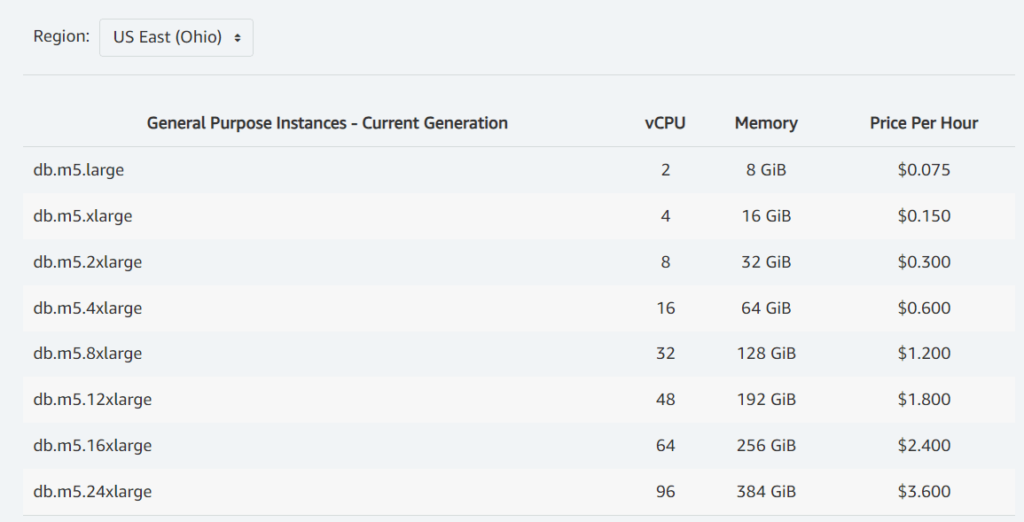
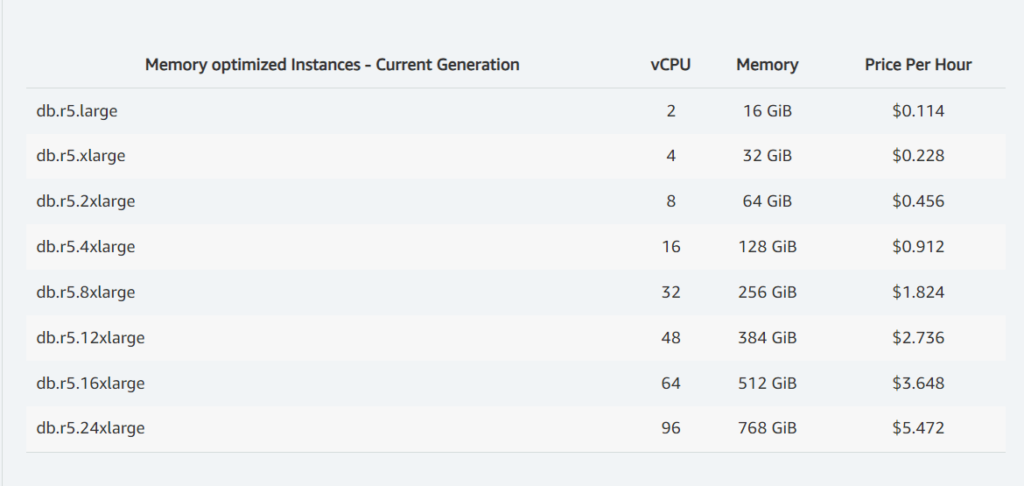
Amazon RDS Pricing of Custom
The newly introduced pricing model for Amazon RDS Custom is designed to address the distinct access requirements of applications such as Oracle E-Business Suite. This option grants privileged access to the underlying database, enabling customized configurations to meet the specific needs of particular applications.
Amazon RDS Pricing of Proxy
For customers aiming to optimize the scalability, resilience, and security of their applications, Amazon RDS Proxy introduces a unique pricing model. This model accounts for the improved application speed achieved by efficiently managing database connections.
In instances deployed on platforms like RDS for MariaDB, Amazon Aurora, RDS for PostgreSQL, and RDS for MySQL, the cost of RDS Proxy is calculated per virtual CPU (vCPU) per hour. However, for Aurora Serverless v2, the pricing structure for Proxy is based on the consumption of Aurora Capacity Units (ACUs) per hour. This approach ensures that the cost aligns with the distinct characteristics and resource utilization of each type of underlying instance.

Costs Associated with Amazon RDS Extended Support
Organizations seeking to extend support for their database configurations should be aware of the associated costs with Amazon RDS Extended Support. Amazon RDS Extended Support allows users to continue using major versions of PostgreSQL and MySQL beyond their community support period. This solution provides users with an extended timeframe to transition to newer major versions based on their business requirements, as it includes key security fixes and bug patches for three years.
For instances deployed in RDS for PostgreSQL, Amazon Aurora, and MySQL, the pricing of Extended Support is based on virtual CPU (vCPU) usage per hour. The cost of Aurora Serverless v2 is determined by the number of Aurora Capacity Units (ACU) that the database utilizes each hour.
Charges for Data Transfer
Data transfer costs constitute a substantial component of the overall expense structure for managing databases on Amazon RDS. Amazon RDS incurs charges for both inbound and outbound data transfer to and from the database instances. Inbound data transfer, involving data flowing into the database, is generally free.
Conversely, outbound data transfer, which pertains to data leaving the database, is subject to charges. The pricing for outbound data transfer varies depending on the region where the database instance is located and the volume of outbound data.
Data Transfer Between Availability Zones
Data transfer between Amazon EC2 and RDS instances, as well as replication in Multi-AZ deployments within the same Zone, incurs no additional charges.
Database Instances Beyond VPC
Within a region, there are no data transfer charges for traffic between the RDS Database instance and EC2 instance in different Availability Zones. Charges only apply to data transfers out of or into the EC2 instance, and these are calculated at the standard EC2 Regional rates of 0.01 per gigabyte.
Amazon RDS Database Instances Within VPC
Within the same region, EC2 Regional Data Transfer fees are applicable when data is transferred between an RDS DB instance and an EC2 instance located in separate Availability Zones.
Database Snapshot Copies
Transmitting database snapshot data between regions incurs fees for the data transfer. Standard fees for storing the snapshot in the target region also apply.
Automated Backups Across Regions
The transportation of data for copying transaction logs and DB snapshots between regions carries associated charges. Standard database snapshot fees apply for retaining the snapshot in the designated location, but there are no additional costs for maintaining Database transaction logs.
Amazon RDS Free Usage Tier
You can benefit from a monthly allocation of 100 GB of complimentary internet data transfer, applicable to all AWS geographies and services (excluding GovCloud and China).
Transfer of Data Between Different AWS Services
When consolidating data transfer out usage across various AWS services like Amazon EBS, EC2, Amazon Glacier, Amazon S3, Amazon RDS, and others, rate tiers play a crucial role.
Comprehending these details is essential for optimizing data transfer practices and efficiently managing costs, enabling a strategic approach to data transfer within your Amazon RDS environment.
Final Words
Effectively navigating AWS RDS pricing is a strategic endeavor that demands a thorough understanding of the diverse features and options available. Whether through On-Demand cost optimization or leveraging Reserved Instance savings, AWS RDS provides flexibility tailored to meet various database requirements.
It is crucial for businesses to gain a comprehensive understanding of AWS RDS pricing to make the most of this flexible and cost-effective database management solution, especially as cloud databases become integral to day-to-day business operations.


